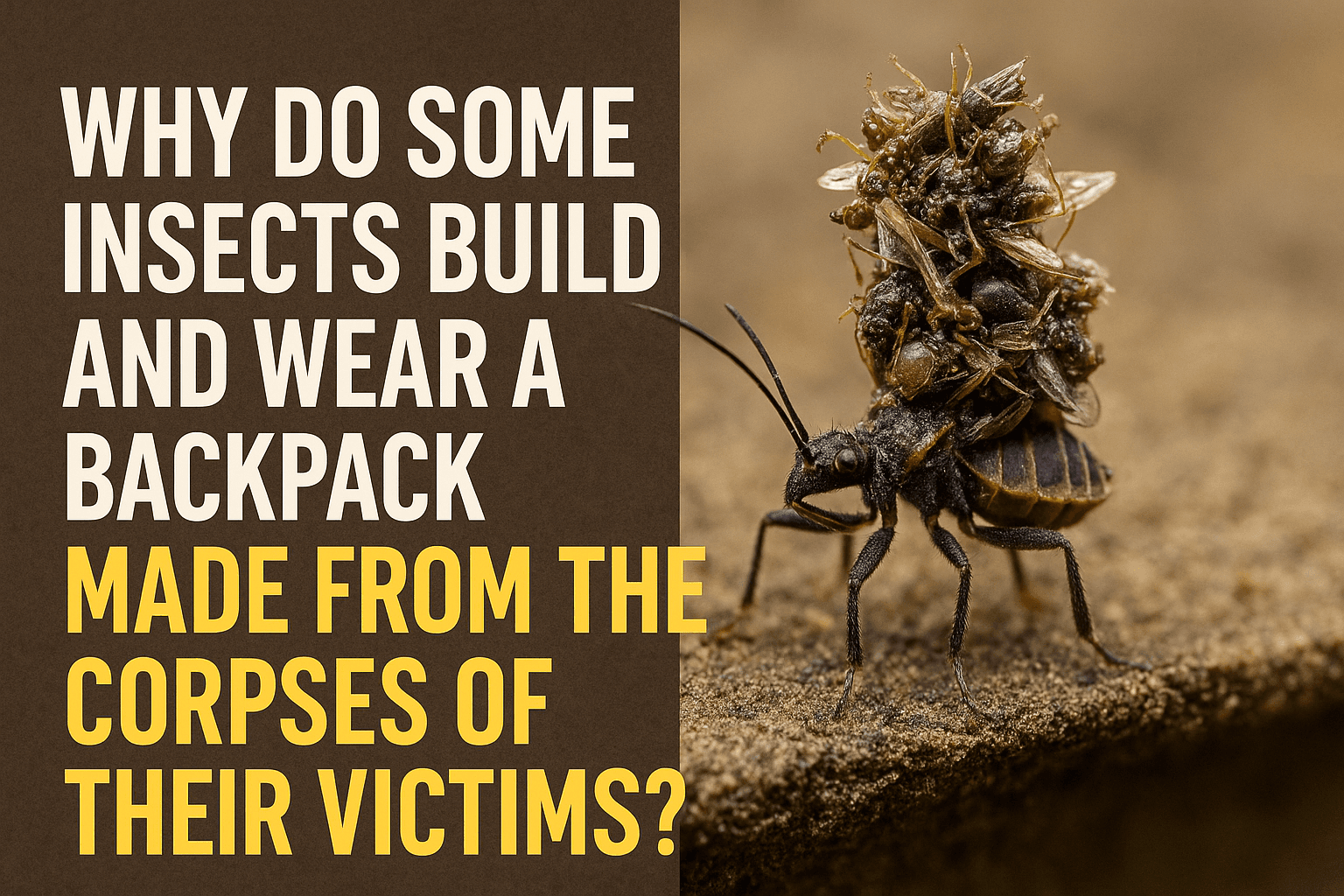Why do some fruits ripen on your counter while others just start to rot
Uncover the invisible signal that allows a banana to sweeten on your counter while condemning a strawberry to simply rot, and learn the secret to never wasting fruit again.


Too Long; Didn't Read
Fruits like bananas and avocados produce their own ripening gas called ethylene after being picked, which allows them to continue ripening on your counter. Fruits like grapes and berries do not produce this gas, so once they are harvested, they just get softer and begin to rot.
The Ethylene Enigma: Why Do Some Fruits Ripen on Your Counter While Others Just Start to Rot?
Have you ever bought a bunch of vibrant green bananas and a carton of perfect-looking strawberries on the same day? Within a few days, the bananas have ripened into a sweet, yellow delight, while the once-beautiful strawberries have started to shrink, soften, and develop fuzzy spots. This common kitchen scenario isn't a matter of luck; it's a fascinating display of plant biology at work. The difference between a fruit that sweetens on your countertop and one that simply decays comes down to one crucial factor: its relationship with a natural ripening hormone. This post will demystify the science behind fruit ripening, explaining why some fruits continue to improve after picking while others are on a one-way trip to the compost bin.
The Secret Ingredient: Ethylene Gas
At the heart of this mystery is a simple gaseous compound called ethylene. Ethylene is a natural plant hormone that acts as a signaling molecule, coordinating the complex processes of ripening. When a fruit ripens, it undergoes several changes: starches convert to sugars (making it sweeter), cell walls break down (making it softer), chlorophyll degrades (changing its color from green to red, yellow, or orange), and aromatic compounds develop (giving it a distinct smell).
Ethylene is the master key that unlocks these processes. However, not all fruits use this key in the same way, which divides them into two distinct categories.
The Two Types of Fruit: Climacteric vs. Non-Climacteric
The fundamental reason for the countertop ripening phenomenon lies in whether a fruit is classified as "climacteric" or "non-climacteric."
Climacteric Fruits: The Self-Ripeners
Climacteric fruits are the produce you can confidently buy when they're still a bit hard or underripe. These fruits experience a dramatic spike in both respiration (the rate at which they use oxygen and produce carbon dioxide) and ethylene production after they have been harvested. This internal burst of ethylene triggers and sustains the ripening process. Think of it as a built-in ripening engine that continues to run even after the fruit is separated from the parent plant.
Common examples of climacteric fruits include:
- Bananas
- Avocados
- Tomatoes
- Apples
- Peaches and Nectarines
- Pears
- Mangoes
Non-Climacteric Fruits: The Spoilers
Non-climacteric fruits, on the other hand, do not produce a burst of ethylene after being picked. They ripen gradually while still attached to the plant. Once harvested, their ripening process effectively stops. Any softening or changes that occur on your counter are not true ripening—it's simply the beginning of decay and cellular breakdown. These fruits must be harvested at or very near their peak ripeness to have the best flavor and texture. Buying underripe non-climacteric fruit is a losing game; it will never get sweeter, only older.
Common examples of non-climacteric fruits include:
- Berries (strawberries, blueberries, raspberries)
- Grapes
- Citrus (oranges, lemons, limes)
- Cherries
- Pineapple
- Watermelon
Putting Knowledge into Practice: Smart Fruit Storage
Understanding this difference can save you money and reduce food waste. Here are a few practical tips based on this science:
- To Speed Up Ripening: If you want to ripen a hard avocado or peach quickly, place it in a paper bag. This traps the ethylene gas the fruit is naturally producing, concentrating it and accelerating the process. For an extra boost, add an apple or a banana to the bag—they are super-producers of ethylene and will help ripen their neighbors.
- To Slow Down Spoilage: Keep your climacteric (ethylene-producing) fruits separate from your non-climacteric and other ethylene-sensitive produce (like lettuce or carrots). The ethylene from a ripening apple can cause your strawberries to spoil faster or your carrots to turn bitter.
- Use the Refrigerator Wisely: Once a climacteric fruit has reached your desired level of ripeness, moving it to the refrigerator will slow down the ethylene production and decay process, giving you a few extra days to enjoy it. Non-climacteric fruits should generally be refrigerated from the start to preserve their freshness.
Conclusion
The puzzle of why some fruits ripen beautifully while others simply rot is solved by the presence or absence of a post-harvest ethylene surge. Climacteric fruits like bananas and avocados have the ability to self-ripen off the vine, giving us flexibility in when we buy and eat them. In contrast, non-climacteric fruits like berries and grapes are at their best the moment they are picked, and from then on, the clock is ticking. By understanding this fundamental divide in the fruit world, you can become a smarter shopper, reduce food waste, and ensure you're always enjoying your produce at its peak of flavor and freshness.
More Articles

What creates the warm crackle sound unique to vinyl records?
That iconic warm crackle is more than just dust and nostalgia—it's the sound of a microscopic story of friction and physics being told in real-time.

Why do some insects build and wear a backpack made from the corpses of their victims?
For some of nature's tiniest predators, the best defense is a grisly offense—building a protective shield from the corpses of their vanquished prey.

Why are Earth's deserts not random, but aligned in two distinct belts?
It’s not a coincidence that the world's great deserts are aligned in two perfect bands; they are the direct creation of massive, invisible rivers of air that perpetually circle the globe.